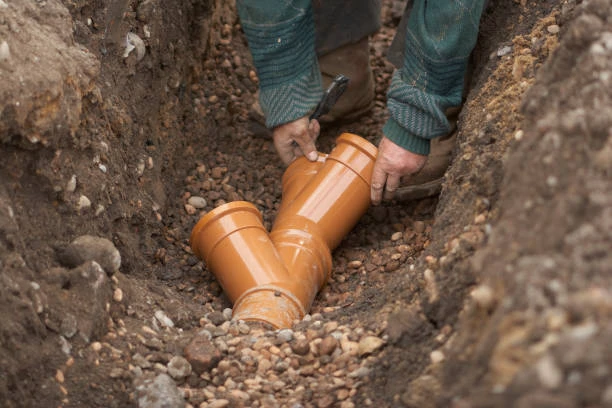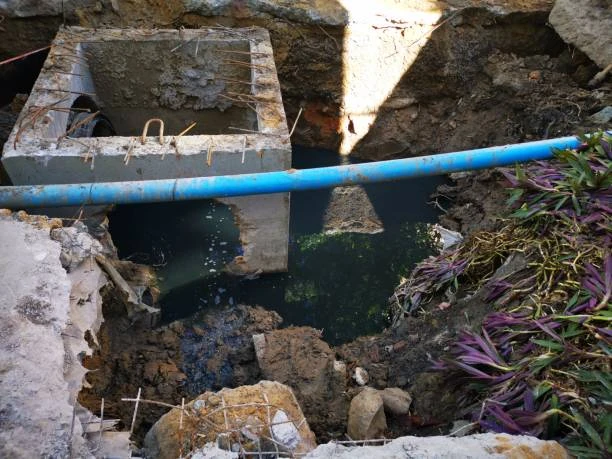The Environmental Protection Agency (EPA) has recently initiated a comprehensive review of PVC ingredient vinyl chloride, a key ingredient in the production of polyvinyl chloride (PVC). This review could potentially lead to restrictions or even a ban on vinyl chloride due to its associated health risks. This article examines the implications of this review, the significance of vinyl chloride in the PVC industry, and potential outcomes for manufacturers and consumers alike.
Understanding PVC ingredient vinyl chloride
What Is Vinyl Chloride?
Manufacturers use vinyl chloride, a colorless gas, primarily to produce PVC, one of the most widely used plastics in the world. People find PVC in a variety of products, including pipes, flooring, and packaging. While vinyl chloride is essential for these applications, it poses significant health and environmental risks.
Health Risks Associated with Vinyl Chloride
Vinyl chloride exposure links to serious health issues, including cancer. The International Agency for Research on Cancer (IARC) classifies vinyl chloride as a Group 1 carcinogen, indicating that it causes cancer in humans. Additionally, exposure can lead to other health problems, such as liver damage and respiratory issues.
The EPA’s PVC ingredient vinyl chloride Review Process
Reasons for the Review
The EPA’s decision to review vinyl chloride stems from growing concerns about its safety and the potential risks associated with its production and use. Advocacy groups have raised alarms over the dangers posed to workers and communities near manufacturing facilities.
What the Review Entails
The review process will involve a thorough assessment of existing scientific data on vinyl chloride. The EPA will evaluate its health effects, environmental impact, and potential alternatives. Public input will also be solicited, allowing stakeholders to voice their concerns and opinions.
Implications for the PVC ingredient vinyl chloride
Potential Restrictions or Bans
If the EPA’s review concludes that vinyl chloride poses unacceptable risks, it could lead to regulatory restrictions or a ban on its use. Such actions would significantly impact the PVC industry, as manufacturers may need to reformulate products or seek alternative materials.
Impact on Manufacturers
Manufacturers of PVC products will face several challenges if vinyl chloride is restricted or banned. They may incur higher production costs due to the need for alternative materials or new manufacturing processes. Additionally, supply chain disruptions could arise as the industry adapts to these changes.
Consumer Consequences
For consumers, the potential restrictions on vinyl chloride could result in changes to the availability and pricing of PVC products. While some may benefit from increased safety, others may face higher costs or limited choices in the market.

Alternatives to PVC ingredient vinyl chloride
Emerging Alternatives
As the industry contemplates the potential changes brought about by the EPA’s review, manufacturers are exploring alternative materials. Options such as bio-based plastics, recycled materials, and other polymer formulations may emerge as viable substitutes for traditional PVC products.
Advantages of Alternatives
Using alternative materials can reduce health risks and environmental impact. For example, bio-based plastics may offer a more sustainable option, while recycled materials can help minimize waste and resource consumption.
The Role of Advocacy Groups PVC ingredient vinyl chloride
Activism and Public Awareness
Advocacy groups have played a crucial role in bringing attention to the health risks associated with vinyl chloride. Their efforts have led to increased public awareness and pressure on regulatory bodies like the EPA to take action.
Engaging Stakeholders
These groups often engage with various stakeholders, including industry professionals, policymakers, and affected communities. Their goal is to promote safer alternatives and push for stricter regulations on harmful substances like vinyl chloride.
PVC ingredient vinyl chloride Future Outlook
Ongoing Developments
As the EPA’s review progresses, ongoing developments will shape the future of vinyl chloride and the PVC industry. Stakeholders should stay informed about regulatory changes and emerging alternatives to ensure compliance and adaptability.
Industry Adaptation
The PVC industry is likely to adapt to these changes by investing in research and development to find safer materials. Manufacturers that embrace innovation and sustainability will be better positioned to thrive in a changing regulatory landscape.
PVC ingredient vinyl chloride Conclusion
The EPA’s review of vinyl chloride marks a pivotal moment for the PVC industry. As health and environmental concerns grow, the potential for restrictions or a ban on this ingredient looms large. Stakeholders, including manufacturers, consumers, and advocacy groups, must remain vigilant and proactive in navigating the implications of this review. The future of PVC products may hinge on finding safer alternatives and embracing sustainable practices.
FAQ
1. What is vinyl chloride and why is it important?
Vinyl chloride is a gas used to produce PVC, a widely used plastic in various applications.
2. What health risks are associated with vinyl chloride?
Exposure to vinyl chloride can lead to cancer, liver damage, and respiratory issues.
3. What does the EPA’s review process involve?
The review assesses existing scientific data on vinyl chloride, evaluates health effects, and solicits public input.
4. How might restrictions on vinyl chloride affect the PVC industry?
Restrictions could lead to higher production costs, changes in product availability, and supply chain disruptions.
5. What are potential alternatives to vinyl chloride?
Alternatives include bio-based plastics, recycled materials, and other polymer formulations that offer safer options.


















